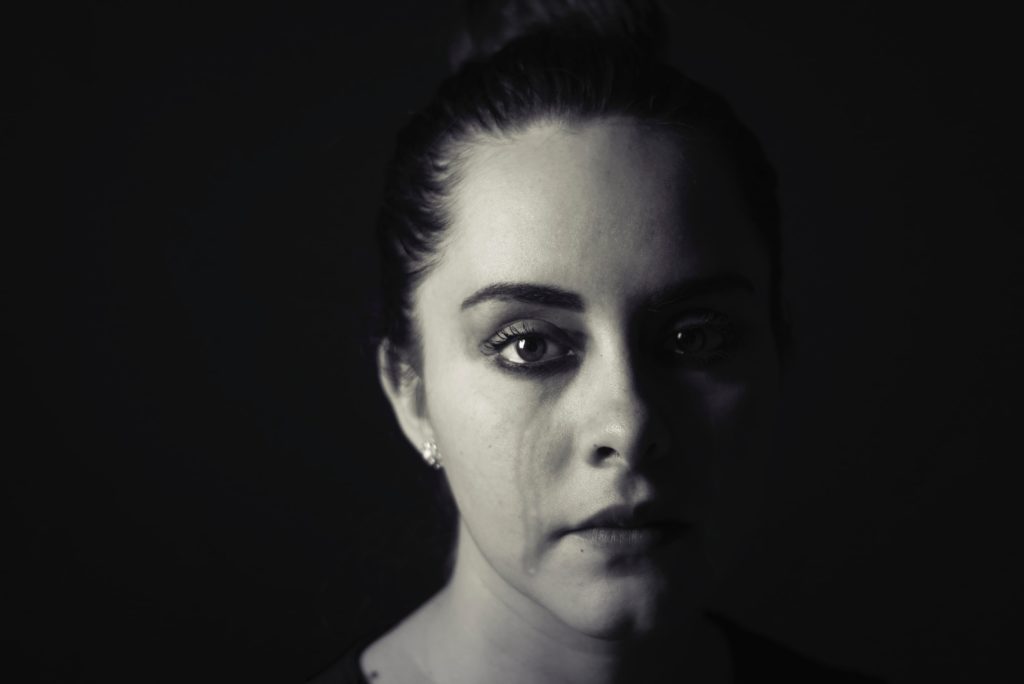Date of the last update: 30.05.2022
Seasonal affective disorder (SAD) is a disorder that many people experience during the autumn and winter seasons. When autumn comes, people often say that they get the blues, i.e. the so-called mood slump. But you may well wonder if it actually isn’t SAD – seasonal affective disorder, which can effectively take away our joy of life and badly affect our day-to-day activities.
Table of Contents:
- Seasonal affective disorder – key information
- Symptoms of SAD
- Seasonal affective disorder – how can I help myself?
- Seasonal affective disorder – treat it instead of underestimating it!
You can read this article in 4 minutes.
Seasonal affective disorder – key information
Despite appearances, seasonal affective disorder is not the same as the autumn blues caused by a lack of sunshine. It is estimated that SAD affects about 2% of the European population*. Suppose you think you may be suffering from it. In that case, it is worth discussing SAD during a psychotherapeutic consultation because it can significantly impact your mood and your functioning during the autumn and the winter.
It is also important to note that you shouldn’t self-diagnose yourself with SAD. A GP makes the diagnosis based on an interview with the patient and a check-up.
Interesting fact: seasonal affective disorder affects women more often than men.
Symptoms of SAD
First and foremost, it’s worth checking if the symptoms of SAD align with how you feel. The most common symptoms of seasonal affective disorder include:
- apathy,
- excessive tiredness and excessive sleepiness,
- sleep disturbances,
- eating disorders (lack of appetite or excessive appetite)
- loss of energy,
- tearfulness,
- depressed mood.

Seasonal affective disorder – how can I help myself?
First of all, you should consider consulting a specialist who will diagnose if you have SAD and recommend a suitable treatment programme to let you regain the joy of life in the autumn and winter season.
Ignoring the symptoms of seasonal affective disorder can result in a worsening mood and clinical depression. How can you treat seasonal affective disorder?
Depending on the patient’s condition (in the case of SAD, it also matters if you have bipolar disorder), treatment usually includes psychotherapy, medications and light therapy.
Psychotherapy to treat seasonal affective disorder
Psychotherapy will help you learn the disease pattern, understand its course, and teach you how to cope with seasonal affective disorder.
Medications
A specialist can also administer medications that will make you feel much better. Owing to medications, patients with seasonal affective disorder experience significantly fewer (or no) sleep problems, have a significantly improved mood and regain their vitality and energy.
Phototherapy
Phototherapy is the so-called light therapy. It was the first treatment method used for seasonal affective disorder. Phototherapy, which imitates natural light, makes us feel relaxed, strong and full of energy, like on a spring or summer morning.
Seasonal affective disorder – treat it instead of underestimating it!

Many people still tend to underestimate the problem of seasonal affective disorder. They blame it on the time of year, too much work or too many things on their mind. This is a big mistake. SAD is a disorder that needs to be discussed with a specialist to improve our comfort of life in the autumn and winter season and how well we cope with everyday activity on rainy days.
Seasonal affective disorder tends to recur; thus, most patients in remission (in the spring and summer) decide that it is not worth consulting a GP as the low mood withdraws. Yet, when the spring and summer are over, and autumn is back, people with SAD will again feel a slump in mood, pessimistic thoughts, fatigue and a drop in self-esteem.
Check out also: Depression – Facts and Myths
So stop explaining your mood with bad, rainy weather and consult a specialist. A doctor can support you and help you make each autumn an enjoyable new season, rather than a time when you wonder if your permanent fatigue and negative thoughts will stay with you forever.
Sources:
International Statistical Classification of Diseases and Related Health Problems. X version. ICD 10.

